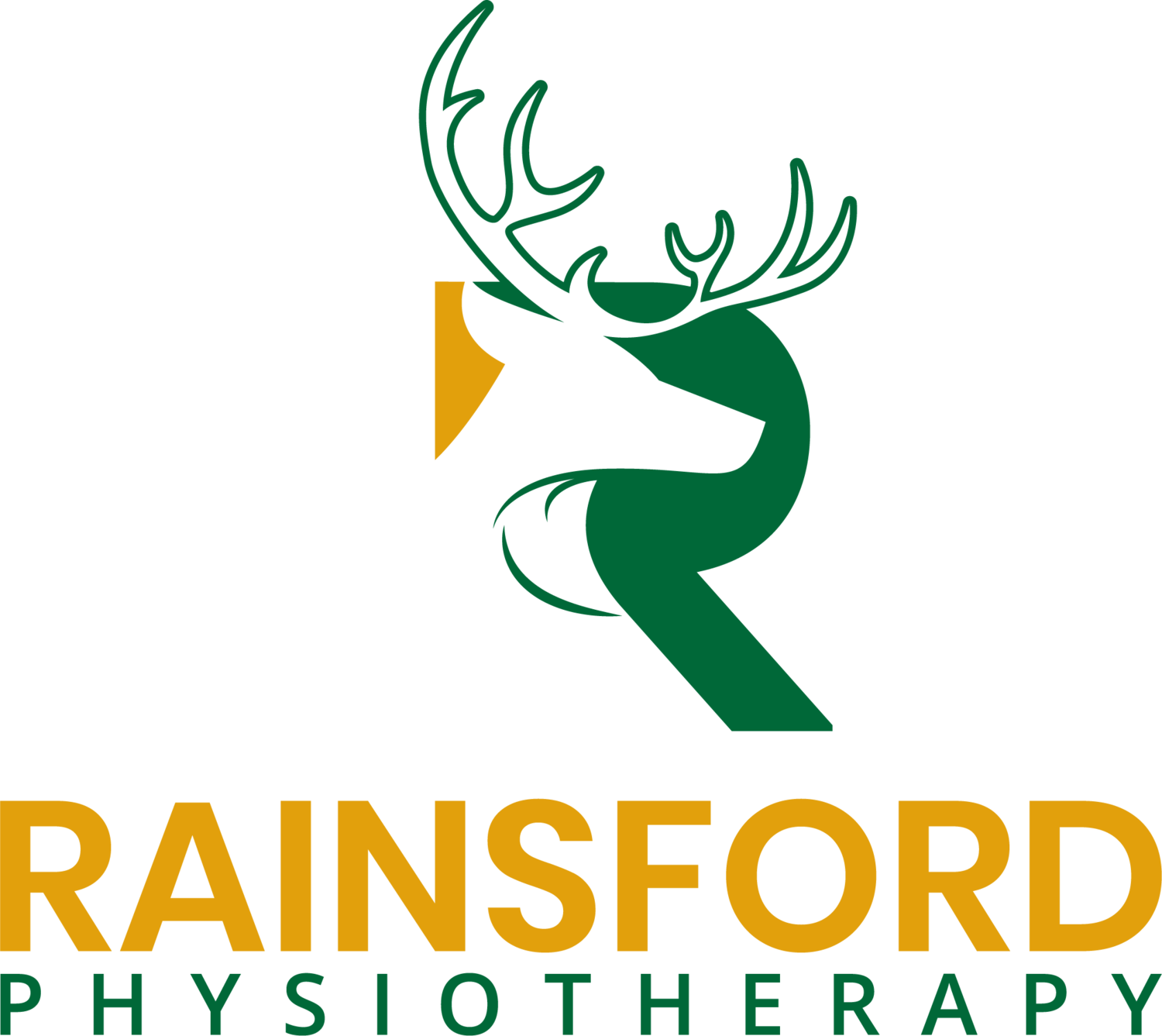Embracing Industrial Athletics: The Art of Physical and Mental Resilience
Professional athletes are revered for their physical prowess, mental resilience, and unwavering dedication to their craft. Their rigorous training routines, strategic approach to competition, and commitment to recovery are all integral components of their success. However, outside the realm of sports exists another breed of individuals who embody similar qualities, albeit in a different arena – the industrial athletes!
The term "industrial athlete" may not be as widely recognized as its sporting counterpart, but its significance cannot be understated. Industrial athletes are individuals who perform physically demanding tasks in various sectors such as construction, manufacturing, firefighting, law enforcement, and emergency services, among others. Their daily routines are characterized by strenuous physical exertion, often in challenging environments and under high-pressure situations.
Examples of professions that fall under this umbrella include:
Construction Workers: These individuals engage in manual labor, lifting heavy objects, operating robust machinery, and working in diverse weather conditions to build residential, commercial, and/or governmental structures.
Firefighters: Firefighters face perilous situations on a regular basis, such as battling flames, conducting rescue operations, and maintaining physical fitness levels to perform their duties effectively.
Warehouse workers: These workers handle heavy loads, operate forklifts, and engage in repetitive tasks to ensure the efficient movement of goods within distribution centres.
Law Enforcement Officers: Police officers and other law enforcement personnel encounter physically demanding situations during patrols, apprehensions, and emergency response scenarios.
Healthcare Professionals: Nurses, paramedics, porters, and other healthcare workers often work long hours, lift patients, and perform physically demanding tasks while providing critical care to those in need.
The demands placed on industrial athletes are immense, requiring not only physical strength but also mental resilience to navigate the challenges they encounter. Just like elite-level athletes, industrial athletes should be encouraged to prioritize recovery to maintain peak performance and prevent injuries.
Some key strategies they can employ include:
Proper Nutrition: Loading the body with nutritious foods is essential for sustaining energy levels and supporting muscle recovery. Industrial athletes should prioritize a well-balanced diet rich in protein, carbohydrates, healthy fats, and vitamins and minerals.
Adequate Rest: Quality sleep is crucial for physical and mental recovery. Industrial athletes should aim for 7-9 hours of uninterrupted sleep per night to allow the body to repair and regenerate tissues and recharge for the next day's challenges.
Active Recovery: Low-impact activities such as swimming, cycling, TRE®, or yoga can help with muscle soreness, improving flexibility, and promoting relaxation. Incorporating active recovery sessions into their routine is thought to reduce the risk of overuse injuries.
Hydration: Staying hydrated is essential for optimal performance and recovery. Industrial athletes should drink plenty of water throughout the day (*aim for 2-3 litres), especially when working in hot or humid conditions or engaging in strenuous physical activity.
Mental Wellness: Physical exertion is not the only challenge industrial athletes face; they also encounter high-stress situations that can take a toll on their mental well-being. Practicing mindfulness techniques, seeking support from peers or professionals, and prioritizing work-life balance are essential for maintaining mental resilience.
**If you are struggling with any of these strategies be sure to reach out to members of your healthcare team
In conclusion, being an industrial athlete requires a unique blend of physical strength, mental resilience, and commitment to excellence. By adopting strategies similar to those employed by elite-level athletes, industrial athletes can optimize their performance, minimize the risk of injury, and thrive in their demanding professions. As society continues to recognize the vital contributions of industrial athletes, it is imperative to prioritize their well-being and recovery to avoid burnout and time lost
- Thanks for reading and keep looking for more posts in the future on other ‘hot topics’ in the world of Physiotherapy and Physical Rehabilitation!


